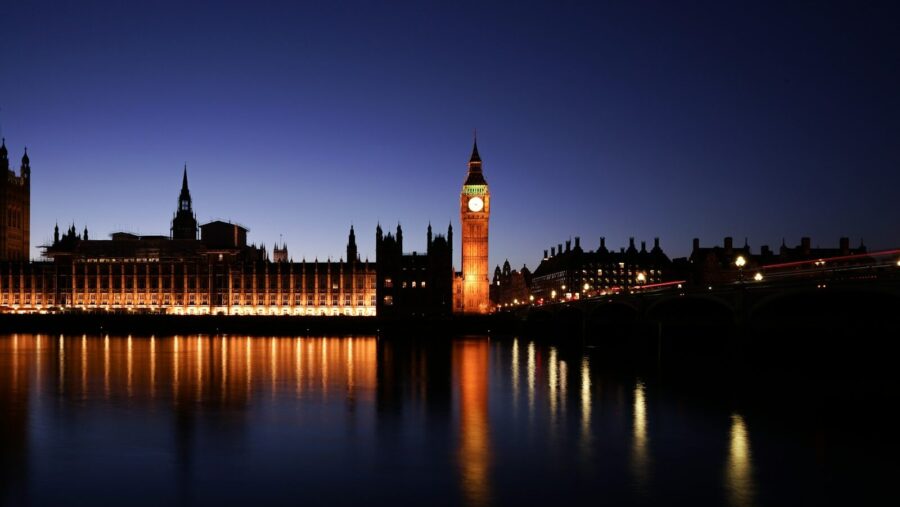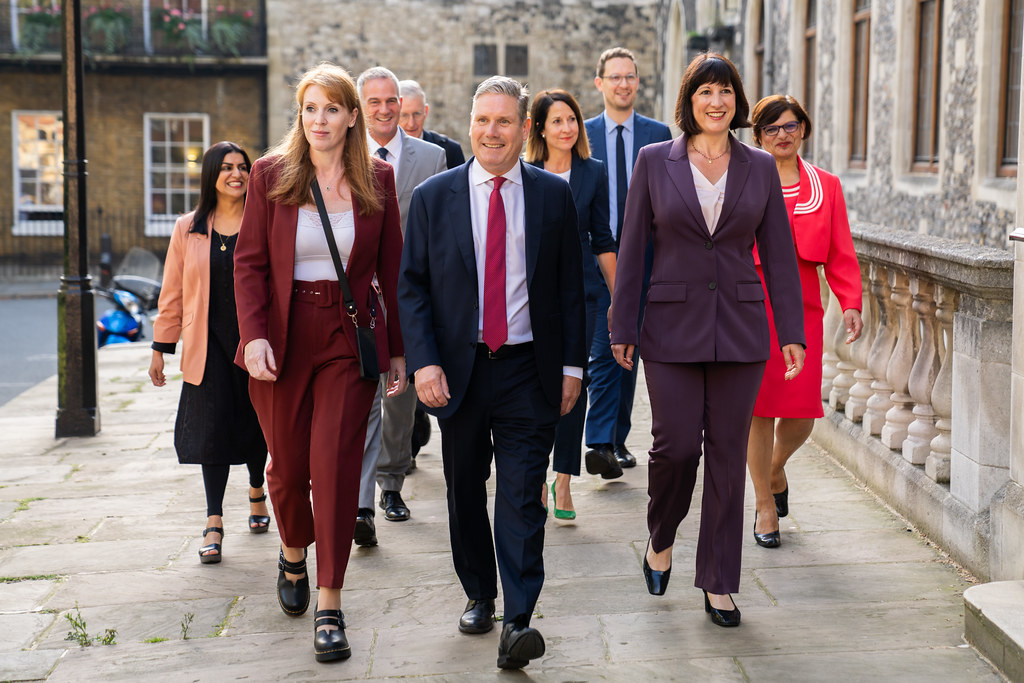No doubt in recent weeks you’ve driven past a bus, or seen a display ad, or perhaps a magazine bearing the hot pink slogan, “She is everything. He’s just Ken”. I am, of course, referring to the marketing campaign for the new Barbie movie, which has generated a renewed discussion of the relative roles of men and women in today’s society and, by extension, in the workplace.
Without having seen the movie, I’m probably not the best placed to offer a discussion of its relative merits, but what the conversations that are happening around this campaign show is that a cultural shift is taking place.
We’ve gone from men being seen as the traditional leaders, to being represented as feeling sidelined, or confused about their roles in a society where women are making greater strides towards professional parity. (You might be interested to read this very earnest discussion by Forbes magazine on the ‘Kenergy’ phenomenon).
In this article, therefore, I’ll discuss what’s led us to this point, and how we can reframe the conversation to ensure a more positive outcome for everyone involved. If you want to dig deeper into this topic, join my upcoming virtual discussion on the topic of male leadership on 24 th August 11am BST.
As society progresses ... so does our understanding of gender roles. Today, for the first time in many years, rather than social norms being dictated by institutions, society is pressuring the corporate world to change
Challenging stereotypes
In most countries in the world, the workplace was designed by and for men, and it remains so today. It has been predominantly male-dominated, and traditional notions of masculinity have influenced how men perceive their roles within organisations.
As society progresses, however, so does our understanding of gender roles. Today, for the first time in many years, rather than social norms being dictated by institutions, society is pressuring the corporate world to change.
The rigid stereotypes of masculinity are being challenged as women aspire to fill the roles traditionally held by men; for instance in the US 65% of students graduating from university are women. (In the UK, women made up 75.6% of higher education graduates last year).
In terms of the development of our species, the relatively recent paradigm that men were needed to lead, to be the hunter-gatherer, meant that the role was clear, and women could relax into a home-building function.
Historically, men in the workplace were expected to embody traits such as stoicism, dominance, and aggression. These stereotypes not only put undue pressure on men to conform to a specific mould, but also limited their emotional expression and stifled their personal growth.
Turning the tables
Now it’s all turning on its head. Women are doing better in a wide variety of roles and functions, and many men are feeling displaced and role-less, while at the same time being encouraged to explore and express their feminine side in an attempt to embrace a more inclusive and emotionally intelligent approach.
According to a recent Ipsos survey, the majority of British men think that equality has come at a cost to them, and that is particularly true among young men.
Furthermore, the share of the British public who believe that a man who stays at home to look after his children is less of a man has actually risen slightly since 2019, when it was 13% - now it's as much as 20% who believe that's the case.
If you're a man, you're more likely to believe that than if you're a woman; up to a quarter of men in Britain today believe this is the case.
Little wonder, then, that there has been a remarkable increase in misogynistic behaviour around the globe, accompanied by a 10% fall in the number of women in the C-suite in the last year, this trend also exacerbated by the unequal effects of the pandemic.
These are complex issues, but we are in a state of flux which many men find confusing and disorienting.
Women are doing better in a wide variety of roles and functions, and many men are feeling displaced and role-less, while at the same time being encouraged to explore and express their feminine side in an attempt to embrace a more inclusive and emotionally intelligent approach
The problem with ‘toxic masculinity’
This is a pejorative term which refers to certain cultural norms and expectations around masculinity, but which is used somewhat carelessly as a kind of blanket attack, under which all men are collected.
This is not helpful and has the effect of making men withdraw from a conversation aimed at exploring the unpleasant aspects of behaviour we see played out everywhere, from the police, fire and health services, to the tabloid media. It’s a term we should drop and replace.
One suggestion is to use the word ‘unhealthy’, which can be used to address the harmful behaviours associated with rigid gender roles. ‘Toxic culture’ is alienating the people who we need to engage with this as well. Labelling is a simple tool, but the use of shame as a motivator doesn’t work.
Having said that, it is not acceptable today for men to sit on the fence with the fairly common attitude of ‘I’m a good person, I treat women with great respect’, combined with no action to actually improve the situation.
This could manifest as a quiet acquiescence in the face of a misogynistic joke, or an unwillingness to call out bad behaviour for fear of retaliation.
It is not acceptable today for men to sit on the fence with the fairly common attitude of ‘I’m a good person, I treat women with great respect’, combined with no action to actually improve the situation
Psychological safety
In order for men to bring their best selves to work, we need to create an atmosphere of psychological safety. This is a concept that is talked about a great deal when looking for ways to increase inclusion as well as enhancing creativity and adding to the bottom line.
Psychological safety fosters introspection, reflection and vulnerability which in turn encourages people who normally keep a low profile to express more of themselves.
In my next article, I’ll explore how organisations can create this kind of environment, as well as exploring the need for positive role modelling for men in the workplace.
If you enjoyed this, read Part Two: Engaging men with diversity, inclusion and equality










